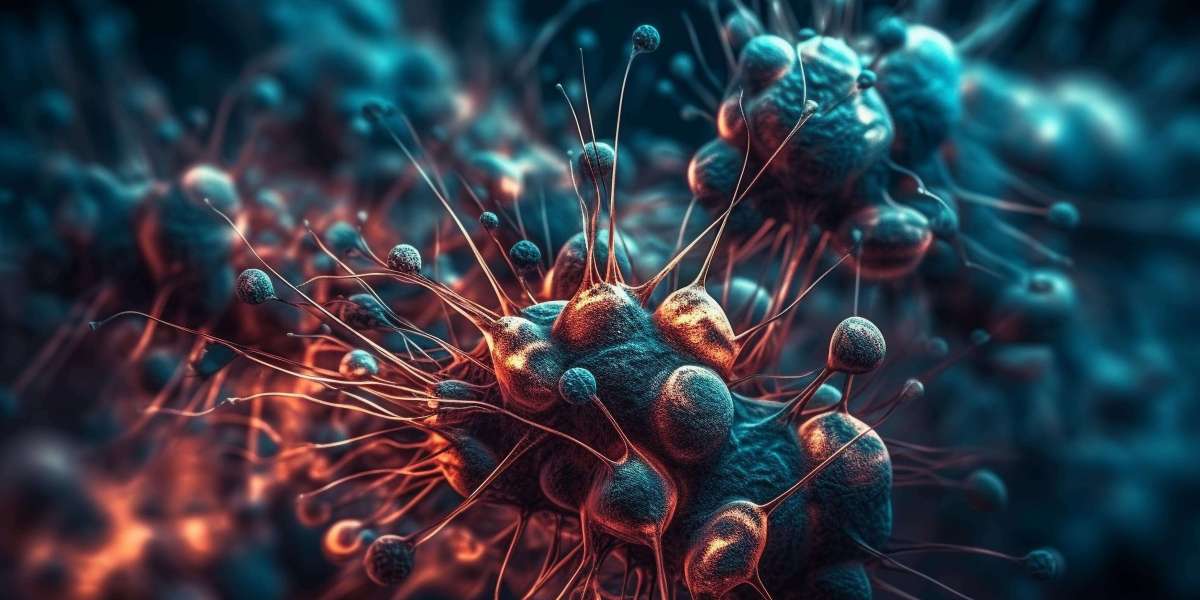As Breast Cancer Awareness Month shines a spotlight on various forms of breast cancer, it's crucial to understand Triple-Negative Breast Cancer (TNBC), a particularly challenging subtype of the disease. TNBC accounts for about 15-20% of all breast cancer cases and presents unique challenges in treatment and management. Here’s what you need to know about this aggressive form of breast cancer.
What is Triple-Negative Breast Cancer?
Triple-Negative Breast Cancer is characterized by the absence of three key receptors: estrogen, progesterone, and the HER2/neu gene. These receptors typically drive the growth of breast cancer cells, and their absence makes TNBC distinct and challenging to treat. Unlike other breast cancer subtypes, TNBC does not respond to hormonal therapies or drugs targeting HER2 receptors, which limits treatment options.
Triple Negative Breast Cancer Causes
The precise causes of Triple-Negative Breast Cancer remain unclear, but several factors may increase its risk. Genetic mutations play a significant role, particularly mutations in the BRCA1 gene. Women with BRCA1 mutations have a higher risk of developing TNBC. Additionally, TNBC is more prevalent in younger women, African American women, and those with a family history of breast cancer. Lifestyle factors and environmental exposures are also areas of ongoing research.
Triple Negative Breast Cancer Symptoms
Triple-Negative Breast Cancer symptoms often mirror those of other breast cancers, which can include a lump in the breast or underarm, changes in breast shape or size, and skin changes. However, TNBC tends to be diagnosed at a later stage and may present more aggressive symptoms. It is crucial for individuals to be vigilant and consult a healthcare provider if they notice any unusual changes in their breasts.
TNBC Treatments
Treating Triple-Negative Breast Cancer can be challenging due to the lack of targeted therapies. The primary treatment options are surgery, chemotherapy, and radiation therapy. Neoadjuvant chemotherapy, administered before surgery, can be effective in reducing tumor size and improving surgical outcomes. Post-surgery, adjuvant chemotherapy is often used to eliminate any remaining cancer cells.
Recent advances are providing hope for more targeted therapies. Clinical trials are exploring new treatments, including immunotherapy and PARP inhibitors, which have shown promise in treating TNBC. These emerging therapies aim to target specific aspects of the cancer’s biology and improve outcomes for patients.
Looking Ahead
Breast Cancer Awareness Month is a vital time to increase understanding and support for all types of breast cancer, including Triple-Negative Breast Cancer. Awareness can lead to earlier detection, better treatment options, and improved outcomes. For those affected, staying informed about TNBC treatments and symptoms is crucial for effective management and survival.
As research continues to evolve, patients and healthcare providers can look forward to more innovative treatment approaches that promise to enhance the fight against this aggressive cancer.
Trending Reports
HR+/HER2- Breast Cancer: Unveiling the Worldwide Advances and Strategies
How HR+/ HER2-Breast Cancer emerging drugs will transform the market?
HR-positive/ HER2-negative Breast Cancer Market Insights: Upcoming Therapies and Market Analysis
Breast Cancer: Understand your breasts, recognize the symptoms
Key Facts To Know About Triple-Negative Breast Cancer In The Breast Cancer Awareness Month








